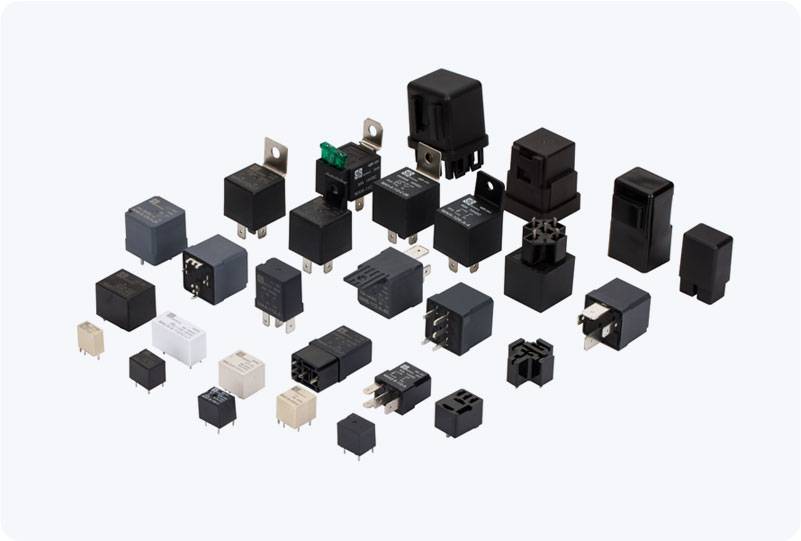The PCB electromagnetic relay is an essential component in modern electronic circuits. Its role in switching electrical signals and isolating different sections of an electronic system makes it invaluable for applications across various industries. By leveraging the power of electromagnetic fields, PCB relays offer a reliable and efficient way to control high-voltage or high-current devices using low-voltage signals. This article will provide an overview of PCB electromagnetic relays, their function, typical applications, and key benefits.

What is a PCB Electromagnetic Relay? A PCB electromagnetic relay consists of an electromagnetic coil, a set of movable contacts, and a mechanical spring. It is a type of switch used to control the flow of electrical current in a circuit. When a current is passed through the relay’s coil, it generates a magnetic field that causes the contacts to either open or close. This change in the state of the contacts allows the relay to control the electrical flow in a separate, often higher-power, circuit. In a PCB setup, the relay is mounted on the board and wired to various components within an electronic device. The relay can switch different kinds of electrical circuits based on control signals sent from microcontrollers, sensors, or other low-power devices.